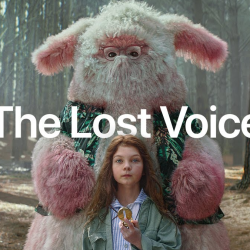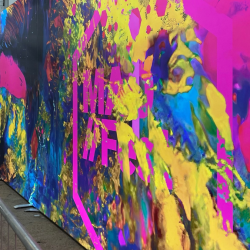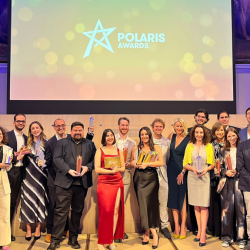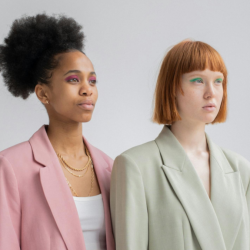In our rapidly evolving world, the prevailing narrative of the ‘hero’s journey’ has increasingly been recognised as an ego-driven myth perpetuated by a global minority with influence over our systems and structures. This truism, once seen as a guiding principle for personal success and recognition, is now being reevaluated in the context of AI ethics and the pursuit of an ethical and inclusive future.
By challenging biases, shifting narratives and reevaluating prevailing truisms, we have the power to realign them with our shared values and aspirations, shaping a more inclusive and ethical future.
Whilst the individuals involved in the development of emerging technologies may have had good intentions, our previous mindset of rapid prototyping and relentless progress has resulted in unintended and potentially irreversible consequences. It is important for us to recognise and accept our responsibility and influence in perpetuating biases and flaws within these technologies. By doing so, we can begin to address the profound implications they have on our individual and collective mental health and well-being.
Taking a more reflective and cautious approach, we can work towards creating a more inclusive and ethically grounded technological landscape that prioritises the greater good for all.
Proactive measures and self-reflection are essential for driving meaningful change in the realm of AI ethics
By embracing honesty and self-awareness, we can navigate the complexities of this field and work towards creating AI systems that are more ethical, equitable, and beneficial for all. Beyond AI, the broader dissonance in our relationship with technology encompasses conflicts between convenience and ethics, connectivity and isolation, information overload, the digital divide, and sustainability.
It is crucial to acknowledge and address these tensions to cultivate a healthier and more sustainable relationship with technology.
As communication professionals, we hold agency, power, and responsibility in shaping the impact and value of emergent technologies. It is our duty to challenge biases in AI platforms and advocate for equity, equality, privacy, and ethical practices. By reframing the questions we ask AI platforms, we can begin to address some of the biases in language models and create inclusive communication strategies that bridge the gap between technology and our interconnected world.
This perspective prompts us to pursue alternative measures of success that do not rely on the exploitation or marginalisation of humans or nature
It invites us to embrace continuous learning, critical thinking, and diverse perspectives as equal partners in problem-solving. Digital fluency, internal diversity and inclusion measures, collaboration, ethical technology use, digital equity, social cohesion, and sustainability are key areas to focus on.
Lankelly Chase, a UK charitable foundation, has recently demonstrated a bold response to cognitive dissonance by announcing its self-abolishment. Recognising the deep entangled nature of traditional philanthropy with the structures of colonial capitalism, Lankelly Chase aims to redistribute its £130m endowment to organisations engaged in ‘life-affirming social justice work.‘ This radical reimagining challenges the prevailing narrative of benevolent philanthropy, and sparks a critical debate on dismantling power imbalances and colonial legacies. It serves as a poignant example of addressing cognitive dissonance, by taking proactive measures to align values with actions in pursuit of a more equitable and just future.
In the pursuit of individual and collective growth, the Circle of Trust offers a valuable tool for addressing cognitive dissonance. This simple yet powerful exercise provides a safe and reflective environment, inviting individuals and teams to explore their cognitive biases and dissonance. By peeling back the layers and uncovering personal truisms, the Circle of Trust fosters deeper self-reflection and understanding of the origins of our beliefs. Through this process, individuals embark on a transformative journey towards greater self-awareness, paving the way for aligning their values with their actions.
As we navigate the complexities of AI ethics, challenge biases, and strive for a healthier relationship with technology, embracing transparency, accountability, and responsible technological development becomes essential. By re-examining, redefining, or even abolishing long-held truisms, we can cultivate a more meaningful connection with technology and create a future that prioritises the well-being of all. It is through proactive measures, such as the Circle of Trust exercise, and honest self-reflection that we can forge a path forward, driven by our collective values and aspirations. Let us seize this opportunity to reshape our relationship with technology, and in doing so, shape a world that reflects our interconnectedness and promotes a more inclusive, equitable, and sustainable future for all.
Featured image: Google DeepMind / Unsplash






























